Affiliate links on Android Authority may earn us a commission. Learn more.
Nanoleaf's new Essentials lights are great, but reveal Matter's shortcomings
Published onMay 14, 2023
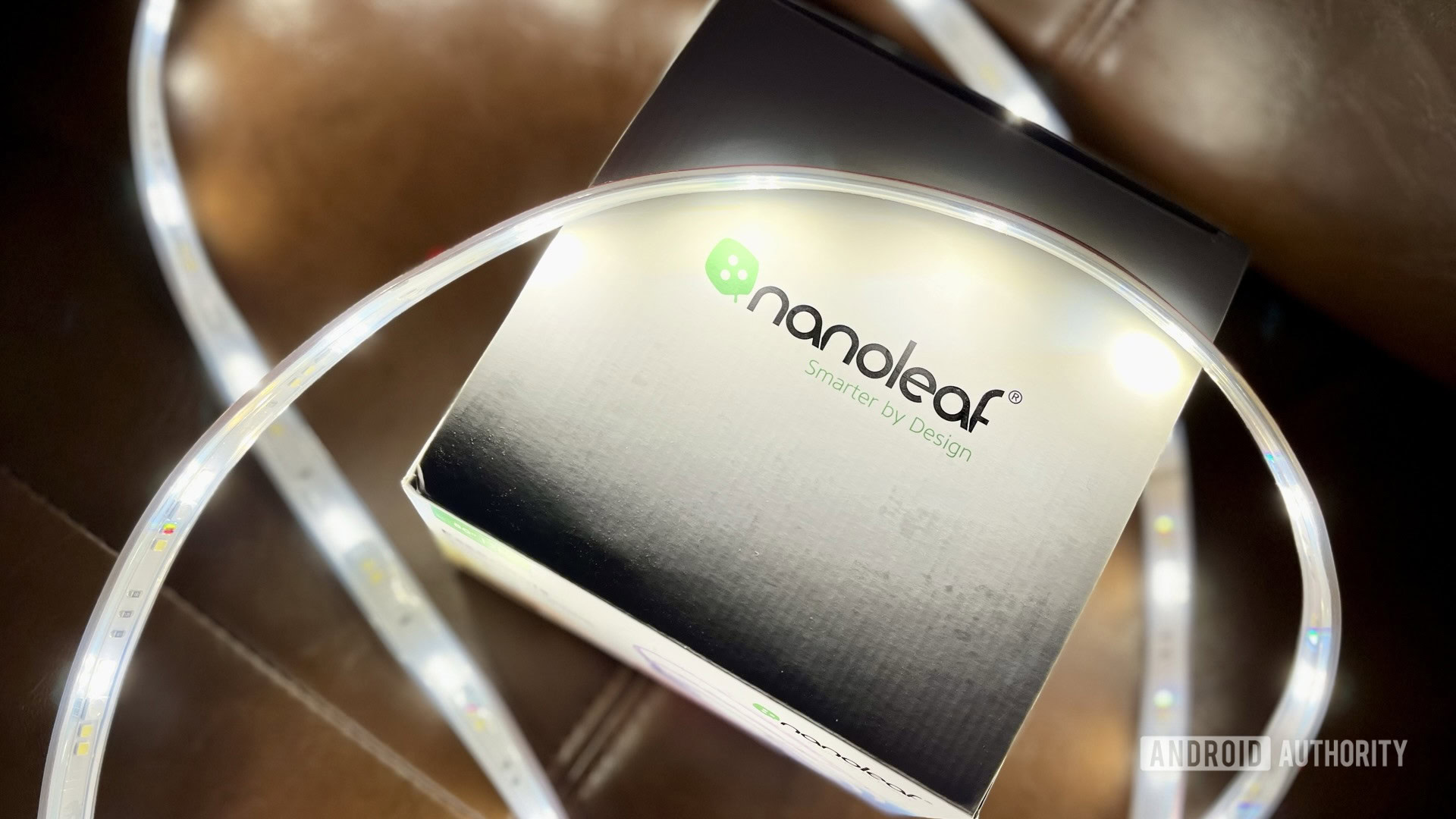
Nanoleaf is probably best known for its light panels, but it also sells something called the Essentials line, consisting of more conventional smart bulbs and lightstrips. Until recently their problem was that while they supported Thread, the only way you could take advantage of that was usually Apple HomeKit or Nanoleaf’s own Thread ecosystem. In theory, the new Essentials Matter open up support to Amazon Alexa, Google Home, Samsung SmartThings, and anything else with Matter over Thread — but should you make them the foundation of your smart home’s lighting?


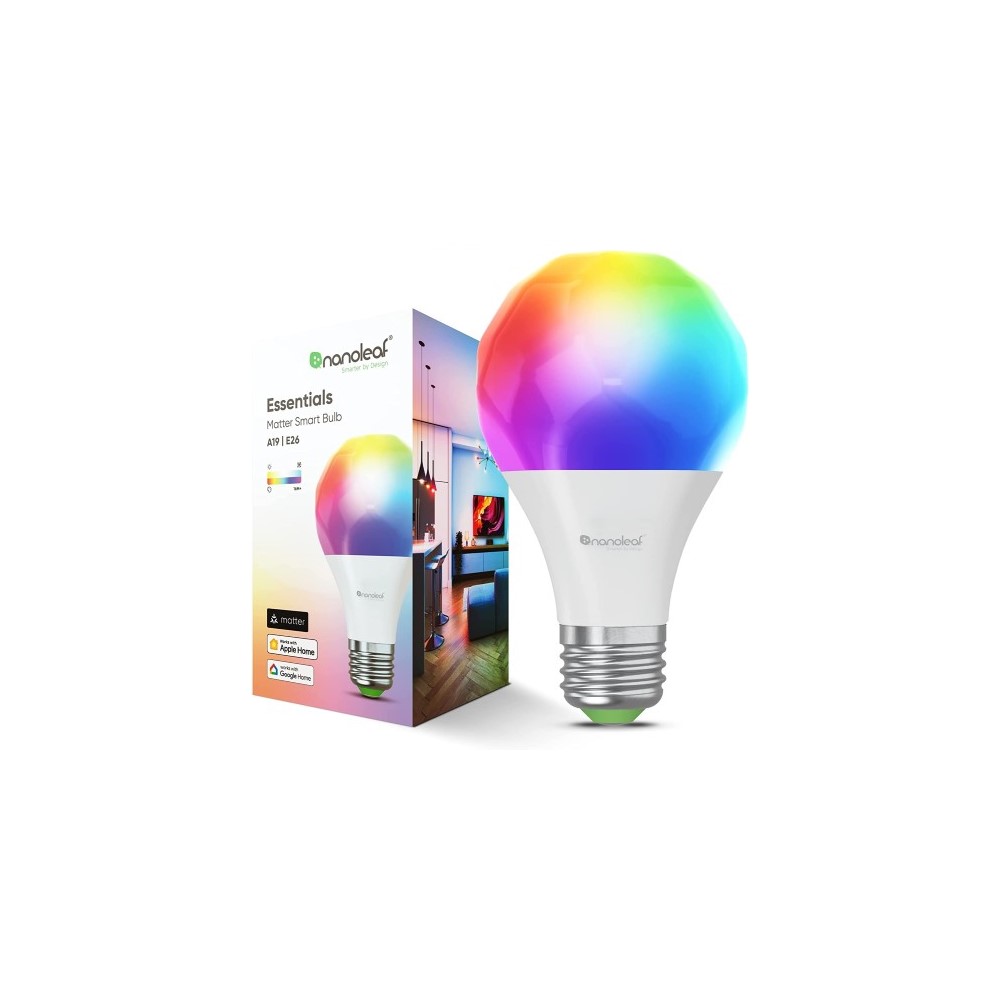

Has Nanoleaf upgraded the specs on its Essentials Matter?
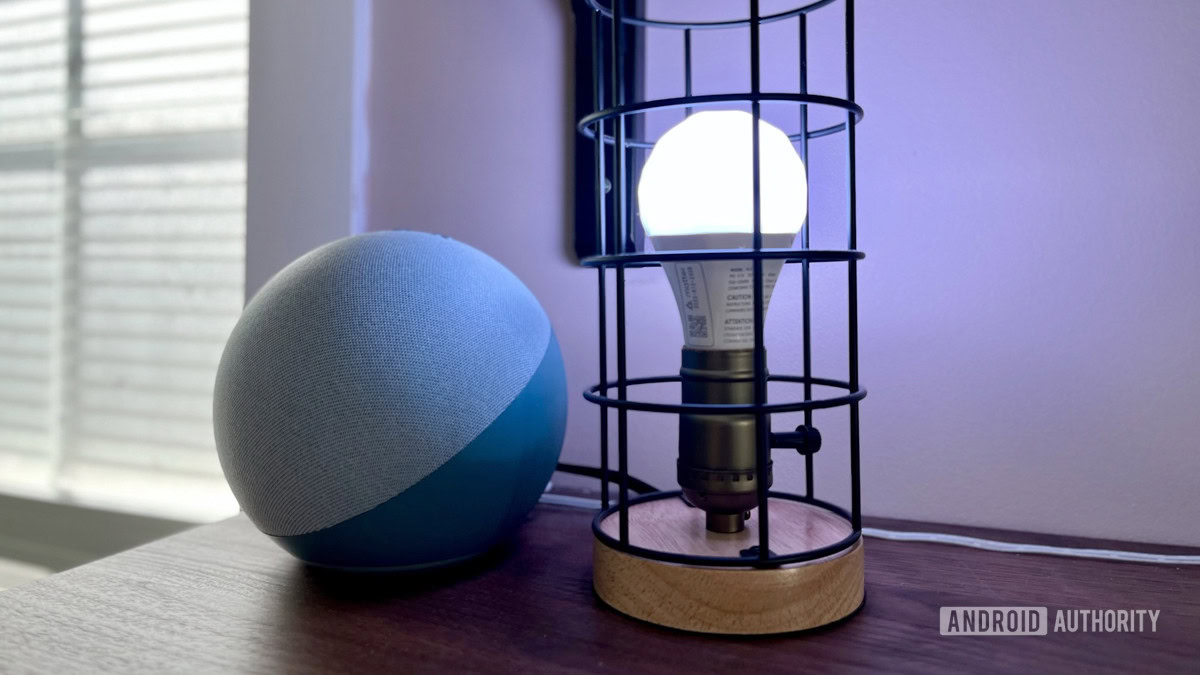
Functionally, there’s no difference versus previous Essentials lights apart from Matter. The Matter A19 bulb produces over 16 million colors, with color temperatures ranging between 2,700 and 6,500K. It’s rated at 1,100 lumens of peak brightness — on par with top-of-the-line Philips Hue bulbs — with an average of a little over 800 lumens, the exact number depending on the color you set. It can get extremely bright, in other words, but you’ll want at least two or three to fully illuminate a room.
Nanoleaf's Essentials Matter lights can get extremely bright, but may have less color saturation than you're used to.
The bulb also has a CRI (Color Rendering Index) rating of 90 or higher, meaning it should be pretty faithful to the colors it’s trying to represent. In practice, I found that Nanoleaf’s definition of certain colors (like warm white) didn’t match my expectations, but that could be because I’m used to Philips Hue and LIFX, which put their own twists on colors that often favor more saturation.
The Matter Lightstrip has the exact same color range, if a lower CRI rating of around 80. That shouldn’t be a big deal unless you’re a purist. Its peak brightness is a whopping 2,200 lumens, but don’t be fooled — it averages around 2,000, and lightstrips are built for indirect lighting, so what you actually see is going to be lower. Still, after installing the product around my desk, I was suitably impressed when I powered it on.
By default, the Lightstrip measures 80 inches (about two meters). There are cut points for trimming this down, and you can buy half-sized expansion packs if you need more length. I left my review unit untouched. In fact, I didn’t even use the included adhesive, choosing instead to clip the product into transparent hooks I bought.
One nice feature is an attached remote with buttons for power, brightness, and cycling downloaded scenes. It can be tricky to position in a way that doesn’t tug on the lightstrip, but the addition ensures you can control your lights even when wireless tech goes haywire. I really like this touch and it’s odd that more smart lightstrips don’t have this.
How do you install the Nanoleaf Essentials Matter?
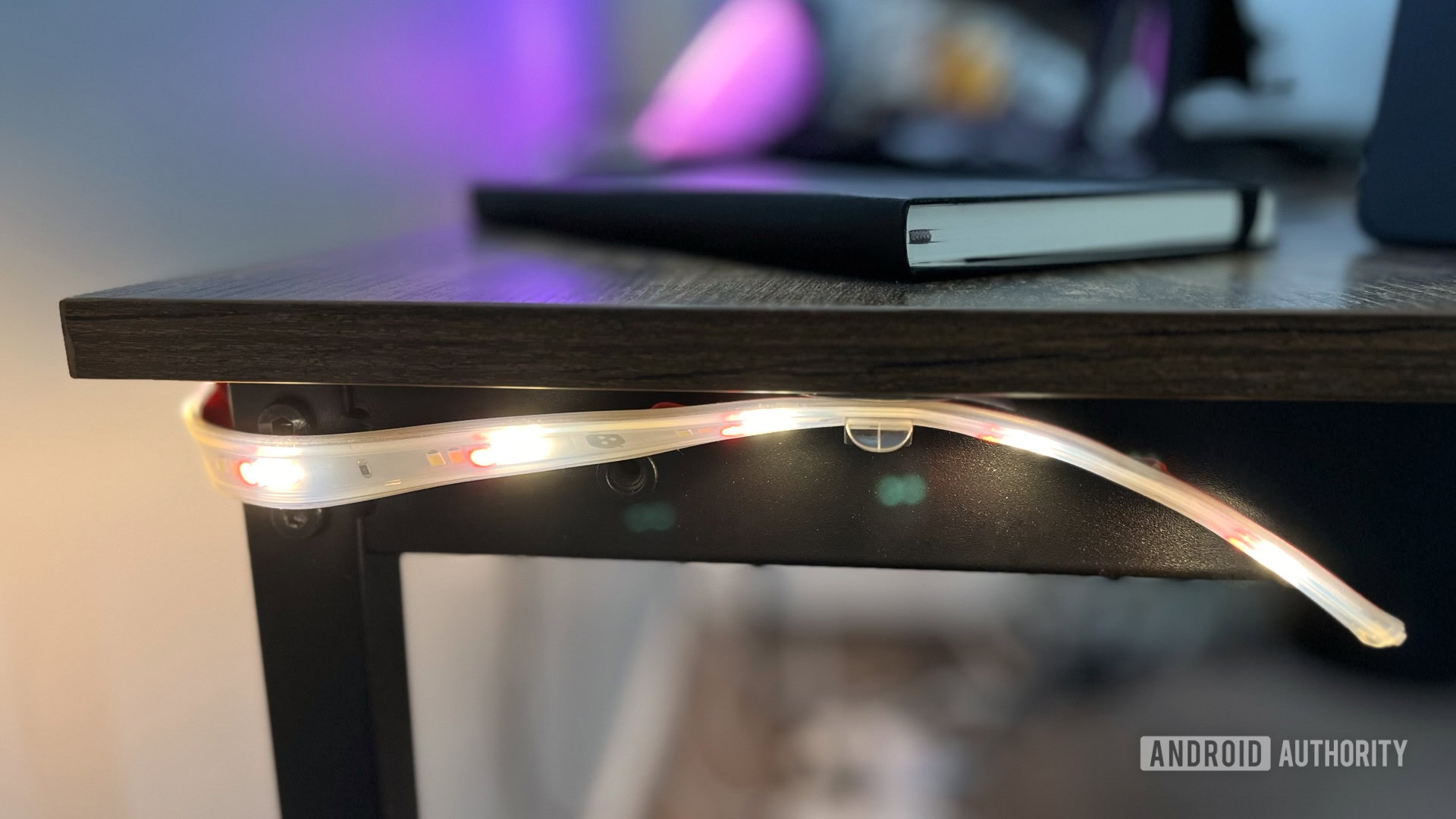
In a physical sense, the setup process for the Nanoleaf Essentials Matter isn’t that remarkable. With the A19 bulb, you screw it into a socket, flip a switch, then pair. With the Lightstrip, you power and pair it while it’s still coiled, but then string it along the surface(s) of your choosing. If I’d used the included adhesive, I would’ve additionally had to apply pressure inch-by-inch to ensure it stuck. It’s worth noting that there are two adhesive squares on the remote as well, allowing you to stick it on a wall or out of sight.
You'll want both a Matter controller and a compatible Thread border router for the Nanoleaf Essentials.
It’s the pairing process that’s the big deal. For one thing, Nanoleaf Essentials only support Thread and Bluetooth, not Wi-Fi. Since Bluetooth is slow and often limits you to at-home control, you’ll want both a Matter controller and a compatible Thread border router. Thankfully, you can combine both in products like HomePods, some Apple TV 4K models, and Google’s Nest Wifi Pro, Nest Hub, and Nest Hub Max. Most of Amazon’s Echo devices can act as Matter controllers, but Amazon just recently started rolling out Thread, and only the 4th gen Echo can act as a border router.
Initial setup is done using the Nanoleaf app for Android or iPhone, during which you’ll be prompted to add the products to another platform via Matter. This involves scanning or manually entering a supplied code. I chose to start with HomeKit, since I have a well-placed HomePod mini, and I know that HomeKit is generally the friendliest towards Thread.
That’s where things got a little complicated.
What’s the matter with Matter?
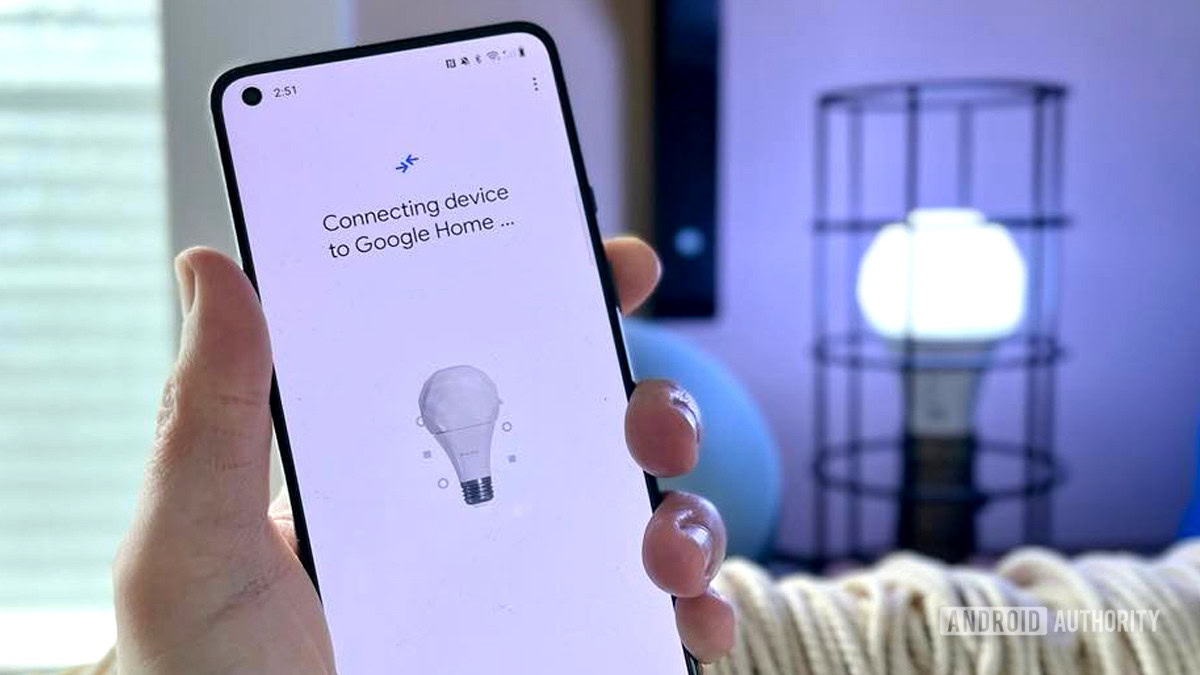
Matter did partly accomplish its goal here — opening access to previously unsupported platforms. I successfully added the A19 bulb and Lightstrip to both Alexa and HomeKit, and Alexa’s voice controls and automation worked flawlessly. HomeKit was already supported, naturally.
The major issues were with Google Home and the hoops I had to jump through in general. First, you have to hunt around Nanoleaf’s website to find instructions for sharing with multiple platforms. I’ve let the company know that it should make this info more visible.
Matter opens up multiple platforms to the Nanoleaf Essentials, but you may have to jump through hoops to pair accessories.
What you need to do, it turns out, is go to the platform app you first paired with and, typically, generate a new Matter code you can enter elsewhere. You can’t just scan the original code that came with your accessory. This isn’t intuitive, and all parties involved could do better at informing the public.
More baffling is that the Google Home Android app initially wouldn’t give me the option to pair Matter accessories. That could be because I’m enrolled in the Preview version of the app, but you’d think that it would have better support for Matter, not less. It did eventually start detecting devices, yet still refused to link them. Perhaps my Nest Hub was too far away — I’ll keep trying, and update this review if I’m successful.

A note for HomeKit users is that Matter lights (from any manufacturer) can’t use Apple’s Adaptive Lighting, which matches color to the time of day. You can achieve something similar with the Nanoleaf app’s Circadian Lighting feature, but you can’t have it turn on automatically. Here’s hoping later versions of Matter offer something similar to Adaptive Lighting.
Nanoleaf Essentials Matter review: The verdict
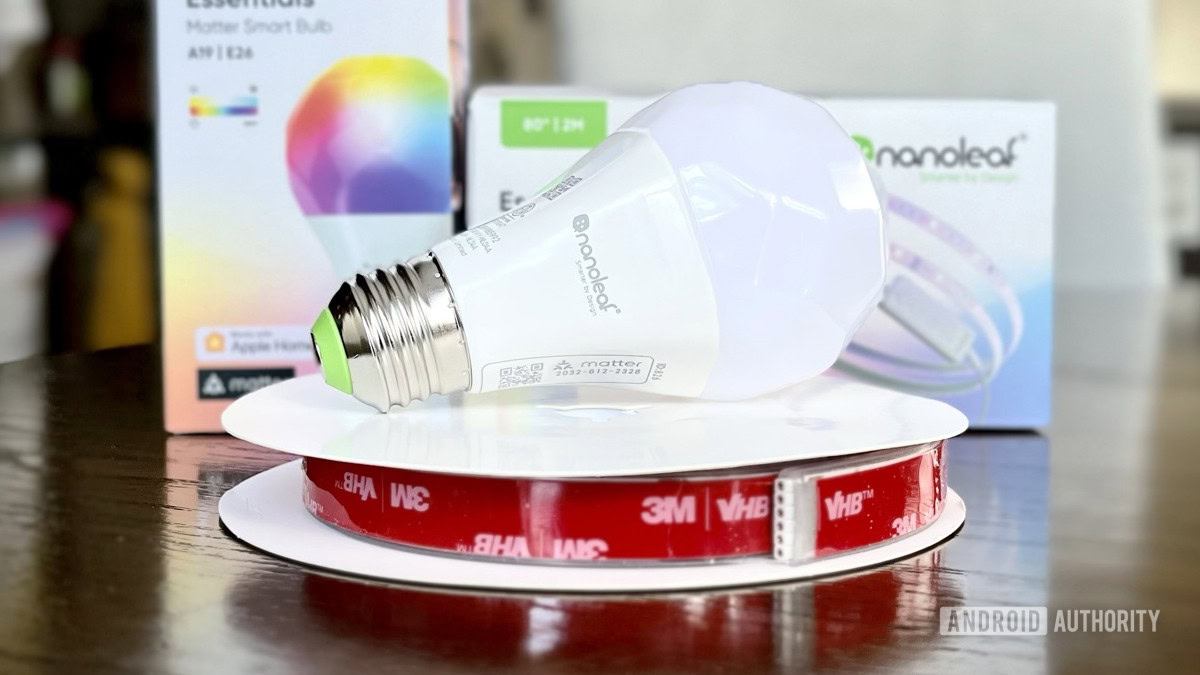
Would I consider making Essentials Matter the core of my smart lighting, if I were starting from scratch? Possibly, but mostly because of price. You can get a three-pack of A19 bulbs for $50, and for another $50, the Lightstrip base kit. That’s a pretty good deal.
I’d want a solid Thread network in my home, though, which would probably limit me to HomeKit or Google Home, and then require me to own a Matter controller and one or more Thread border routers. If I didn’t already have those, that would potentially offset any savings from Nanoleaf. On the strip front, Govee has an alternative in the LED Strip Light M1 ($99 at Amazon) that offers Matter support over Wi-Fi if you don’t want to invest in a Thread border router.
The Nanoleaf Essentials Matter bulb and lightstrip are solid picks and will only get better as Matter and Thread improve.
Philips Hue bulbs may be more expensive than Nanoleaf’s and require a Hue Smart Hub, but the Hub is relatively cheap, and you usually only need one plugged into your router. Wi-Fi bulbs tend to lack offline automation, yet can sometimes be as cheap or cheaper than Nanoleaf with minimal setup requirements.
So ultimately, the Nanoleaf Essentials Matter are fine — it’s just that Matter and Thread support are actually limiting their possibilities at the moment.

Thread mesh network benefits
Low-cost

Thread's mesh network benefits
Low-cost
FAQs
Yes. If 80 inches is too long, there are pre-marked cutpoints at multiple intervals. Be aware however that once you cut off a segment, it can’t be reattached, at least not without soldering tools.
Nanoleaf Essentials do, in the form of a Matter controller and a Thread border router. Frequently these are one and the same, some examples being the Amazon Echo 4th gen, Google’s Nest Hub (2nd gen) and Nest Hub Max, and any current Apple HomePod (just not the 1st gen). Nanoleaf’s Lines, Shapes, and Elements panels are examples of separate Thread border routers.
The lights will technically operate without Matter or Thread, but you’ll be limited to short-range Bluetooth control via the Nanoleaf app,
Nanoleaf Essentials only support Thread or Bluetooth. Most other Nanoleaf products support Wi-Fi.
Nanoleaf Essentials can be paired with Alexa via Matter. If you want to pair them directly, use the Alexa app’s Devices tab, where you’ll have to scan supplied QR codes or manually enter numerical codes. If you’ve already added Essentials to another platform, you’ll have to use that platform’s app to generate new codes you can enter into Alexa.
Nanoleaf Essentials are supposed to, though we couldn’t complete pairing for our review. You’ll need an Android phone, a Matter-enabled Google hub, and a Thread border router. You’ve got the last two in one device if you have a Nest Hub (2nd gen) or Nest Hub Max.
With those in place, you should be able to add Essentials like any other Matter accessory, though you may want to have a Google-connected Thread border router close by. Our problem may have been that our Nest Hub was too far away from where the lights were installed.